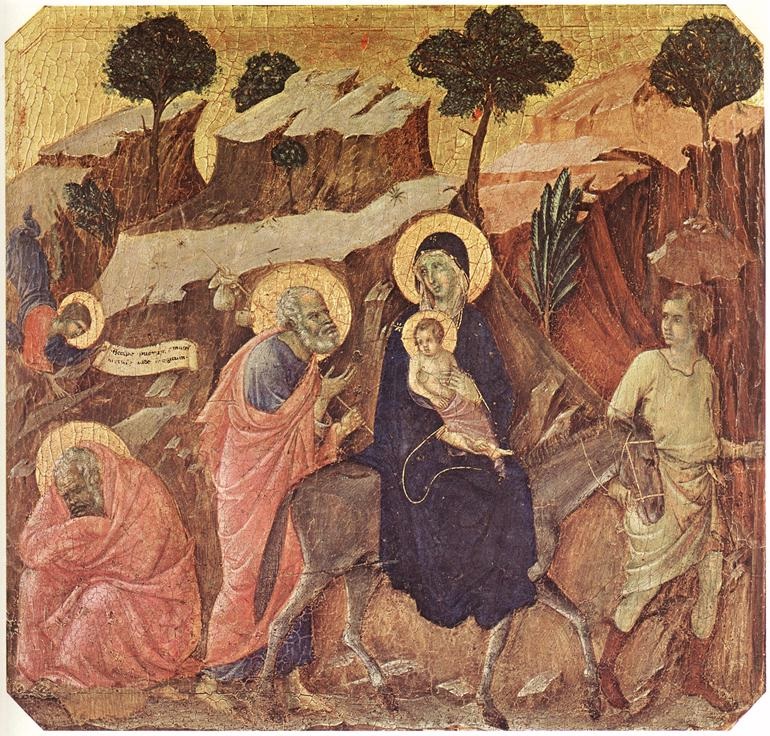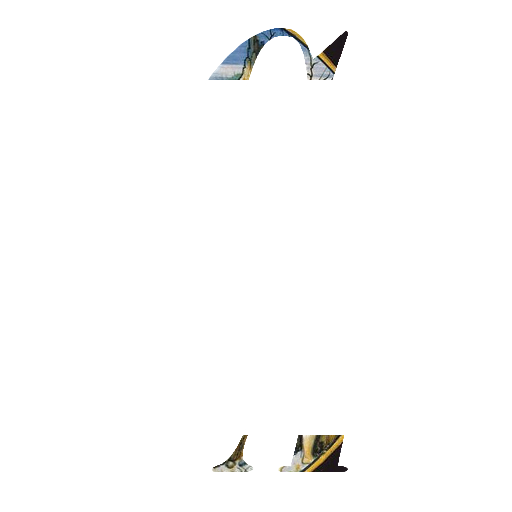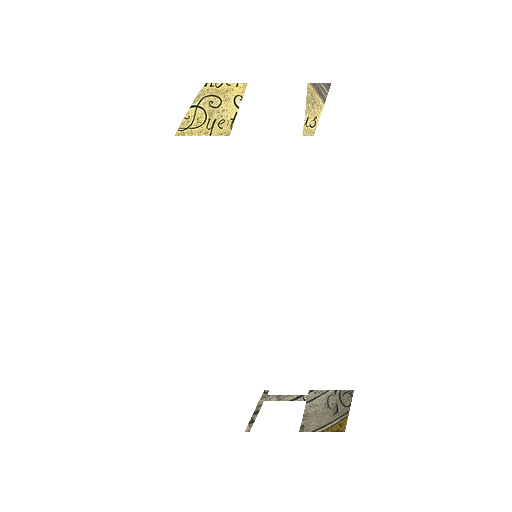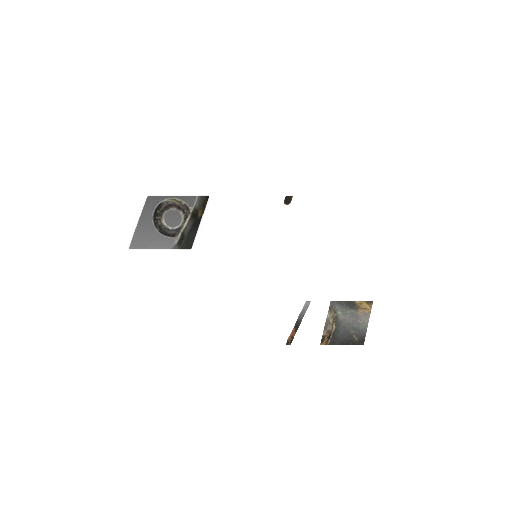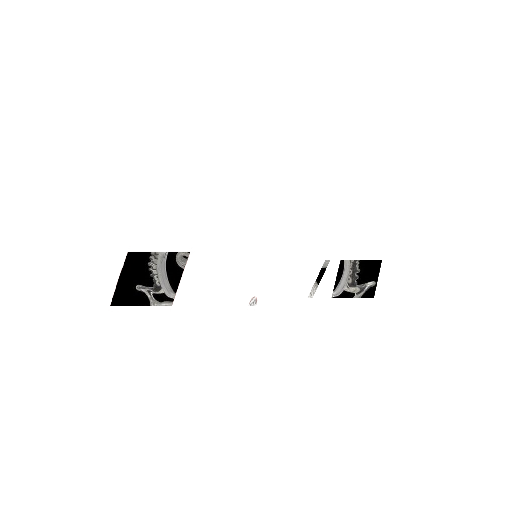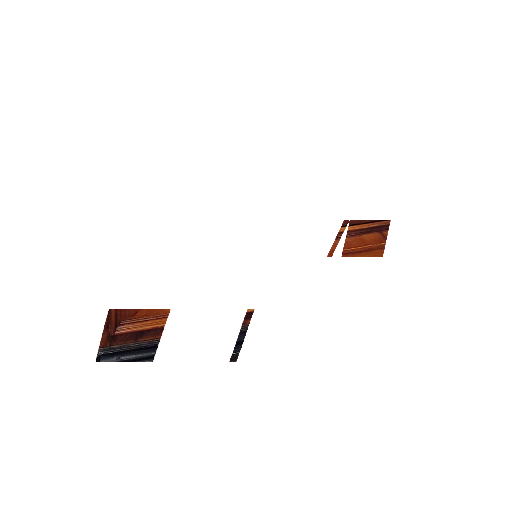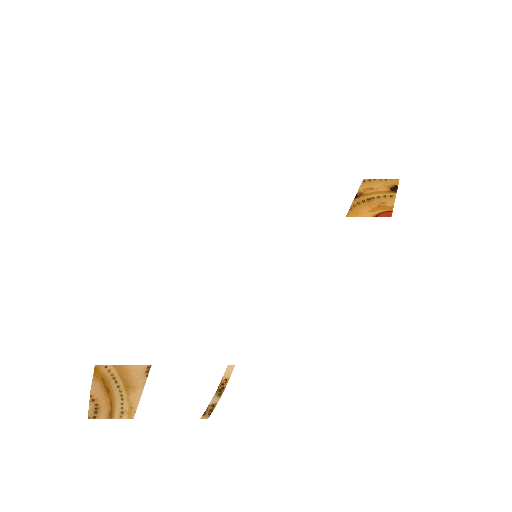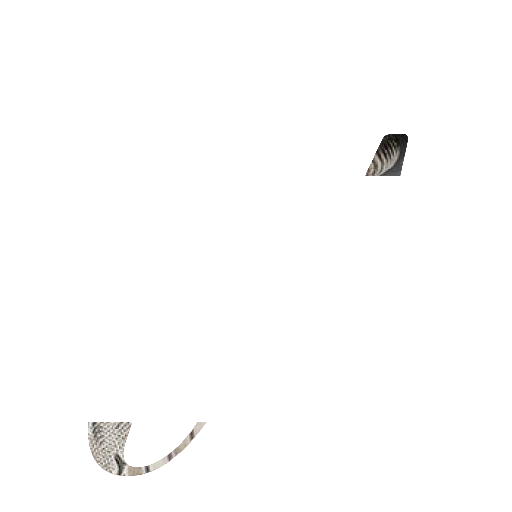Duccio di Buoninsegna (Italian: [ˈduttʃo di ˌbwɔninˈseɲɲa]; c. 1255–1260 – c. 1318–1319) was an Italian painter, active in the city of Siena in Tuscany, where he was born, in the late 13th and early 14th centuries.
He is considered to be the father of Sienese painting and, along with a few others, the founder of Western art. He was hired throughout his life to complete many important works in government and religious buildings around Italy. Duccio is credited with creating the painting style of Trecento and the Sienese school, and contributed significantly to the Sienese Gothic style.
Much about his early life and family is uncertain; but there are records that say he was married with seven children. Although there is a lot still unconfirmed about Duccio and his life, there is more documentation of him than of other Italian painters of his time and earlier. A large part his life must be reconstructed from the evidence of works that can be attributed to him with certainty, and from the evidence contained in his stylistic development.
There are many times that he had debts and fines, leading historians to believe that he had a difficult time managing his life and his money. His artistic talents were enough to overshadow his lack of organization as a citizen, and he became famous in his own lifetime. In the 14th century Duccio became one of the most favored and radical painters in Siena.
Where, and with whom, Duccio studied under is still a matter of great debate, but by analyzing his style and technique art historians have been able to limit the field.[1] Many believe that he studied under Cimabue, while others think that maybe he had actually traveled to Constantinople himself and learned directly from a Byzantine master, mostly due to Duccio’s painting style so closely resembling artwork of Byzantium.
Little is known of his painting career prior to his first documented commission in 1278, when, at the age of 23, he was hired to paint 12 wooden panels to cover government documents for The Nine. This work is now lost. Although Duccio was active from 1268 to about 1311 only approximately 13 of his works survive today.
Only two of Duccio's surviving works can be securely dated. Both were major public commissions: the "Rucellai Madonna" (Galleria degli Uffizi), commissioned in April 1285 by the Compagnia del Laudesi di Maria Vergine for a chapel in the church of Santa Maria Novella in Florence, and the Maestà commissioned for the high altar of Siena Cathedral in 1308 and completed by June 1311.
There is no clear evidence that Duccio painted frescoes. His known works are on wood panel, painted in egg tempera and embellished with gold leaf. Different from his contemporaries and artists before him, Duccio was a master of tempera and managed to conquer the medium with delicacy and precision. Duccio’s style was similar to Byzantine art in some ways, with its gold backgrounds and familiar religious scenes but also different and more experimental. Duccio’s paintings are warm with color, and inviting. His pieces held a high level of beauty with delicate details, sometimes inlaid with jewels and almost ornamental fabrics. Duccio was also noted for his complex organization of space. Characters were organized specifically and purposefully. In his Rucellai Madonna c. 1285 the viewer can see all of these qualities at play. Duccio began to break down the sharp lines of Byzantine art, and soften the figures. He used modeling (playing with light and dark colors) to reveal the figures underneath the heavy drapery; hands, faces, and feet became more rounded and three-dimensional.
Duccio was also one of the first painters to put figures in architectural settings. He began to explore and investigate depth and space. He also had a refined attention to emotion, not seen in other painters at this time. The characters interact tenderly, and softly with each other, it is no longer Christ and the Virgin, it is mother and child. With this he flirts with naturalism but his paintings are still awe inspiring. Duccio’s figures seem to be out of this world and heavenly; existing elsewhere with beautiful colors, soft hair, gracefulness and draped in textures not available to mere humans. His influence can be seen in the work of many other painters, including Simone Martini, the brothers Ambrogio and Pietro Lorenzetti.
THE ANNUNCIATION
Duccio (c1308-c1311)
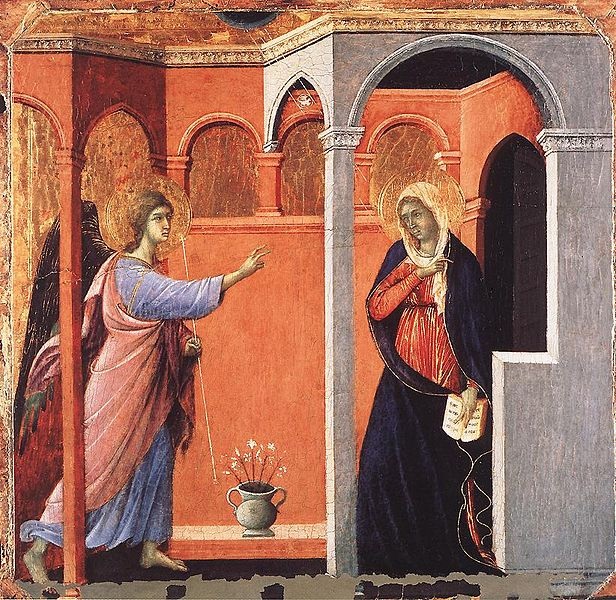
TRANSFIGURATION
Duccio (c1308-c1311)
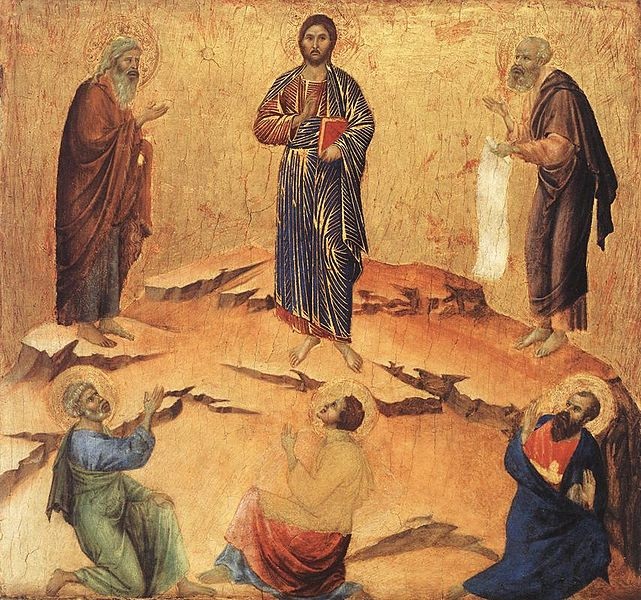
CHRIST AND THE SAMARITAN WOMAN
Duccio (c1310-c1311)
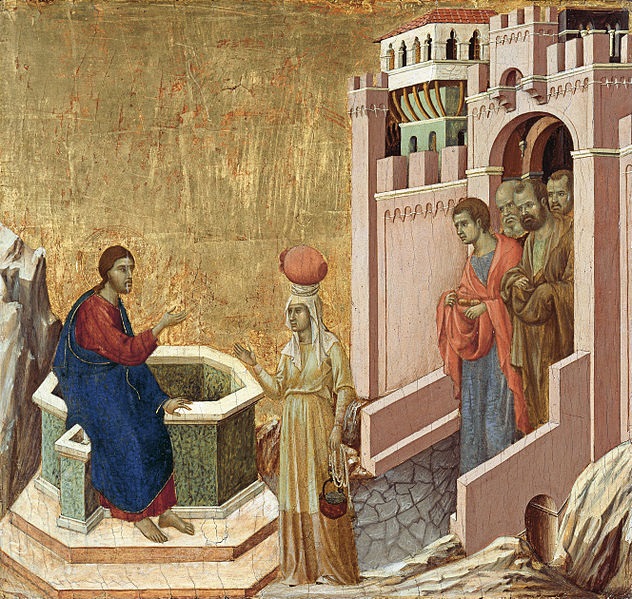
THE RAISING OF LAZARUS
Duccio (c1310-c1311)
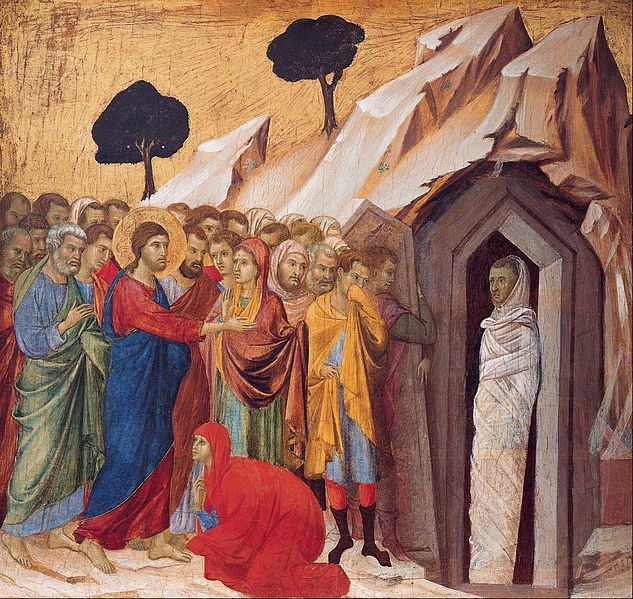
FLIGHT INTO EGYPT
Duccio (c1308-c1311)
